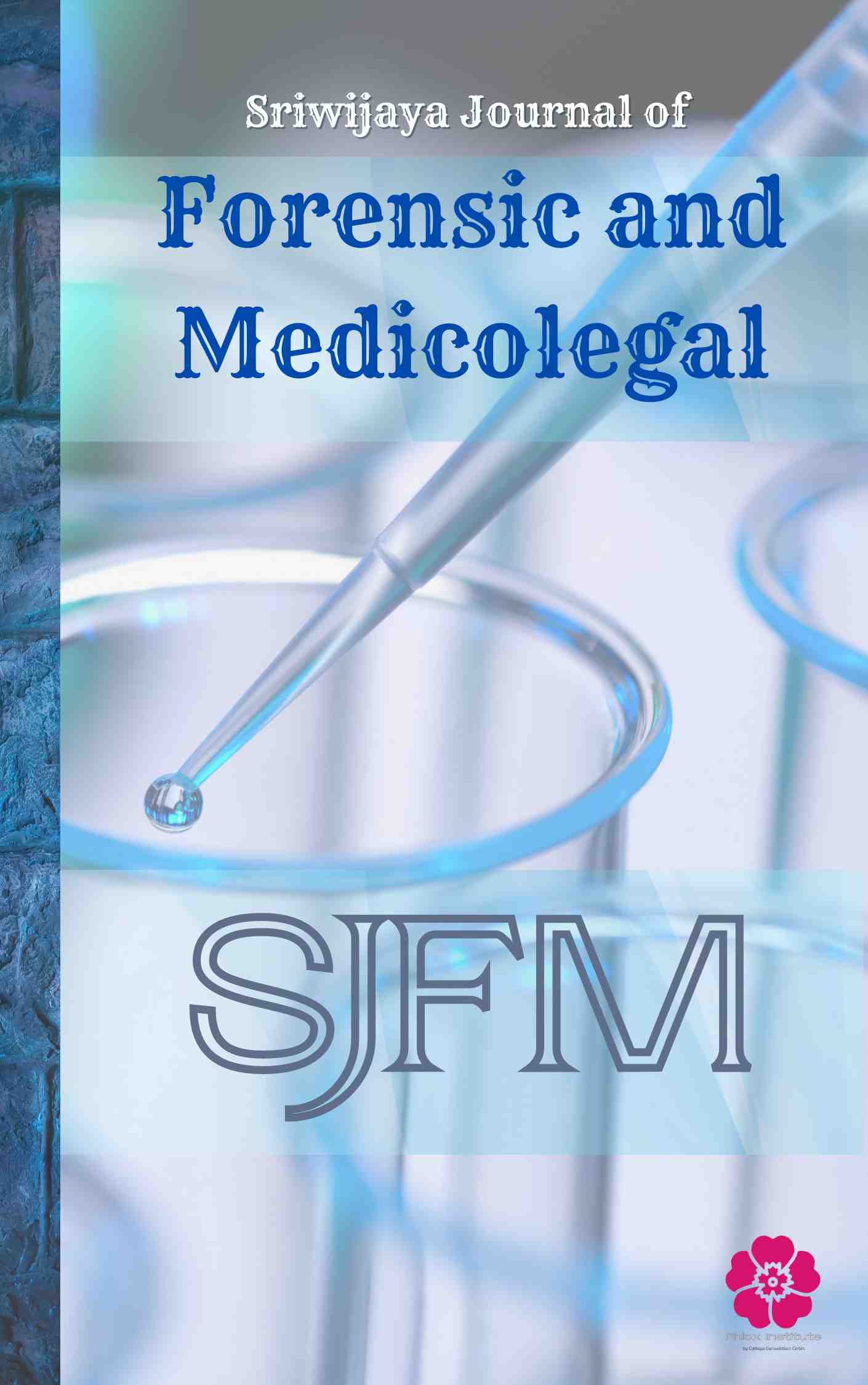Main Article Content
Abstract
Introduction: Detecting malingered psychiatric symptoms presents a significant challenge in Indonesian forensic evaluations, potentially impacting justice and resource allocation. Current methods rely heavily on clinical judgment and psychometric testing, lacking objective biomarkers. This study explored the potential of combining functional magnetic resonance imaging (fMRI) with machine learning (ML) to identify neural patterns differentiating malingered from genuine psychiatric symptoms in an Indonesian forensic context.
Methods: This case-control study included 90 Indonesian male participants referred for forensic psychiatric evaluation (visum et repertum psychiatricum): 30 diagnosed genuine psychiatric patients (schizophrenia/psychotic depression), 30 individuals identified as malingerers, and 30 healthy controls. Participants underwent clinical assessment, psychometric testing (including symptom validity tests - SVTs), and an fMRI scan using a symptom-endorsement paradigm designed to probe cognitive control and deception-related neural activity. Preprocessed fMRI data were analyzed using group-level GLM and machine learning (Support Vector Machine - SVM; Random Forest - RF) classifiers trained on extracted features (ROI activation, functional connectivity) to distinguish malingerers. Performance was evaluated using k-fold cross-validation.
Results: fMRI results indicated significantly greater activation in the malingering group compared to genuine patients and controls in prefrontal (dlPFC, vlPFC) and anterior cingulate cortex (ACC) regions during feigned symptom endorsement (p<0.001, FWE-corrected). An SVM classifier using combined ROI activation and functional connectivity features achieved the highest accuracy (83%), sensitivity (80%), specificity (86%), and AUC (0.88) in distinguishing malingerers from genuine patients.
Conclusion: These findings suggest that integrating fMRI and ML techniques holds promise as an objective, supplementary tool for detecting malingered psychiatric symptoms within Indonesian forensic evaluations. While promising, the moderate accuracy highlights the need for further validation, consideration of ethical implications, and adaptation to the Indonesian context before any potential clinical application.
Keywords
Article Details
Sriwijaya Journal of Forensic and Medicolegal (SJFM) allow the author(s) to hold the copyright without restrictions and allow the author(s) to retain publishing rights without restrictions, also the owner of the commercial rights to the article is the author.

